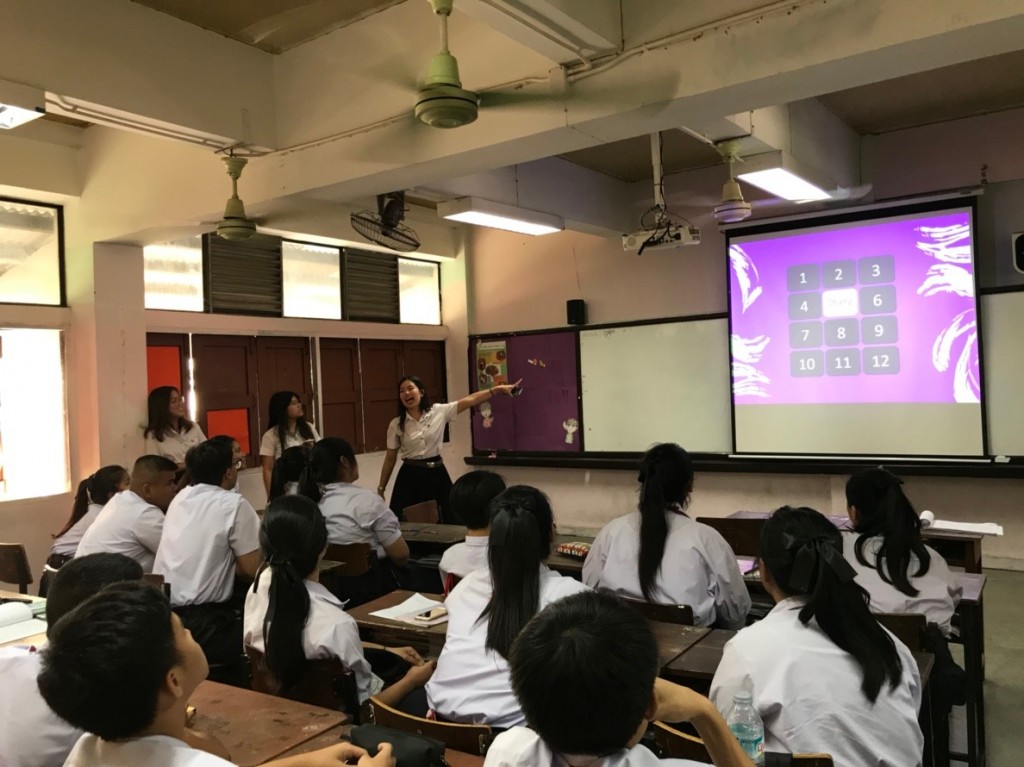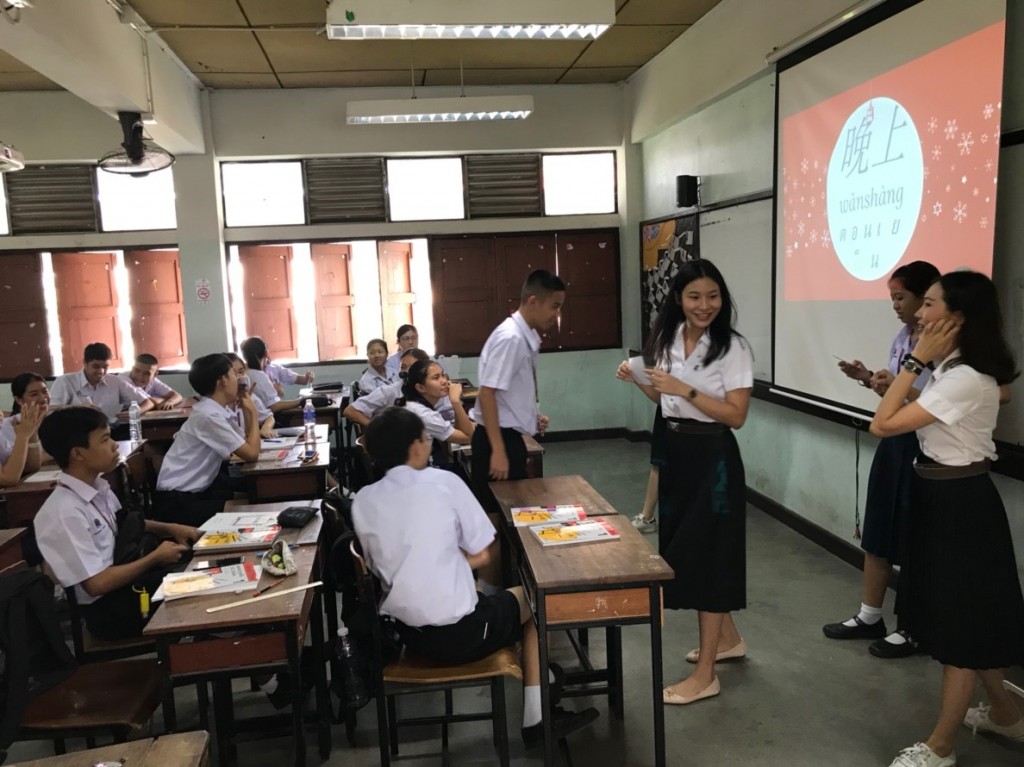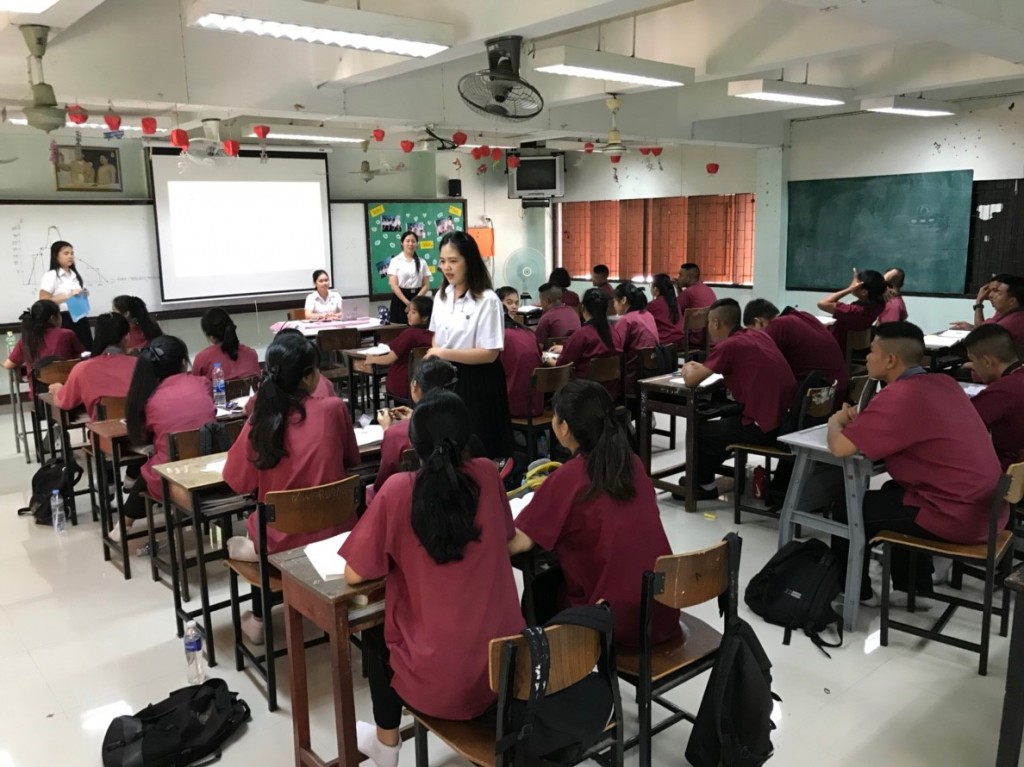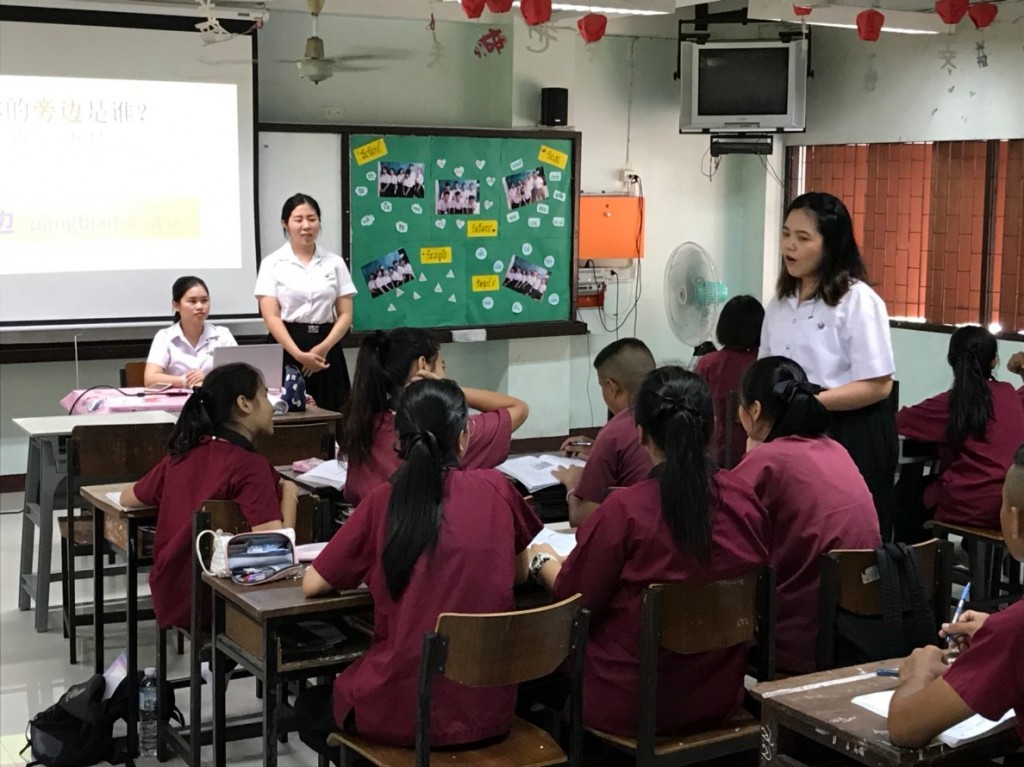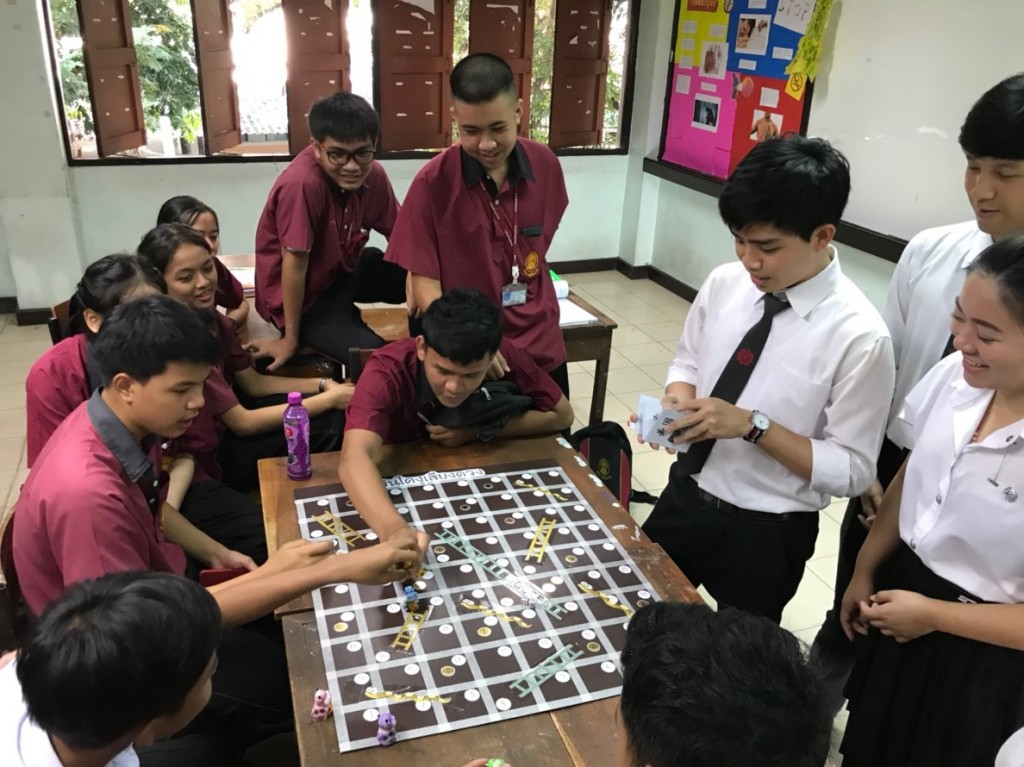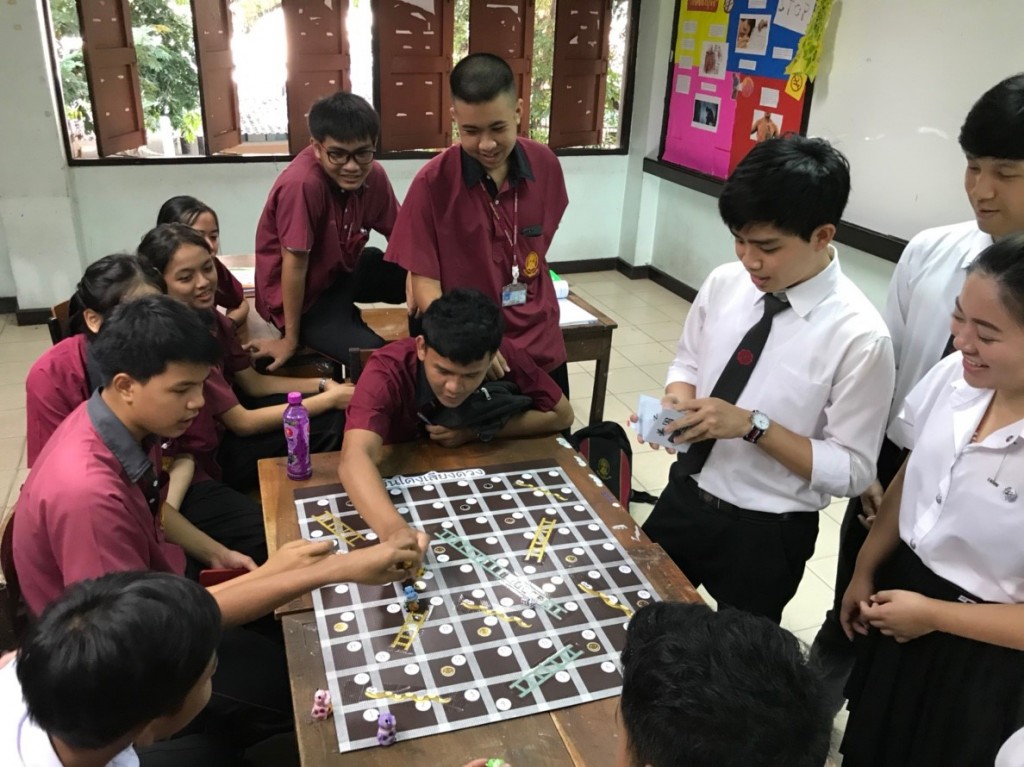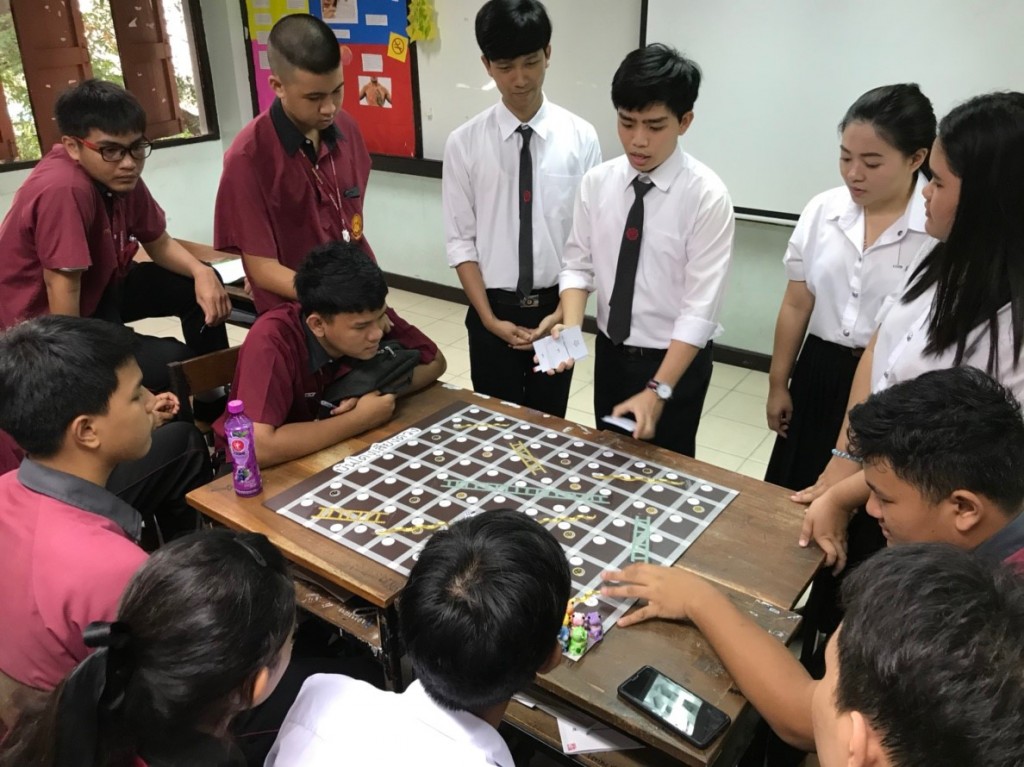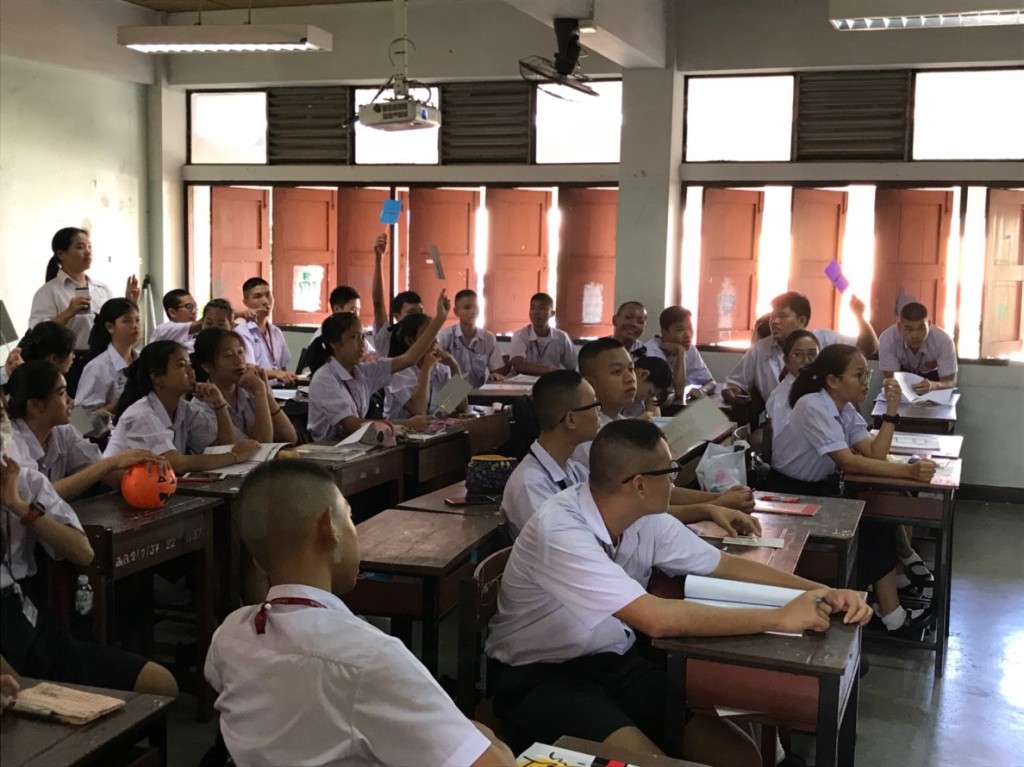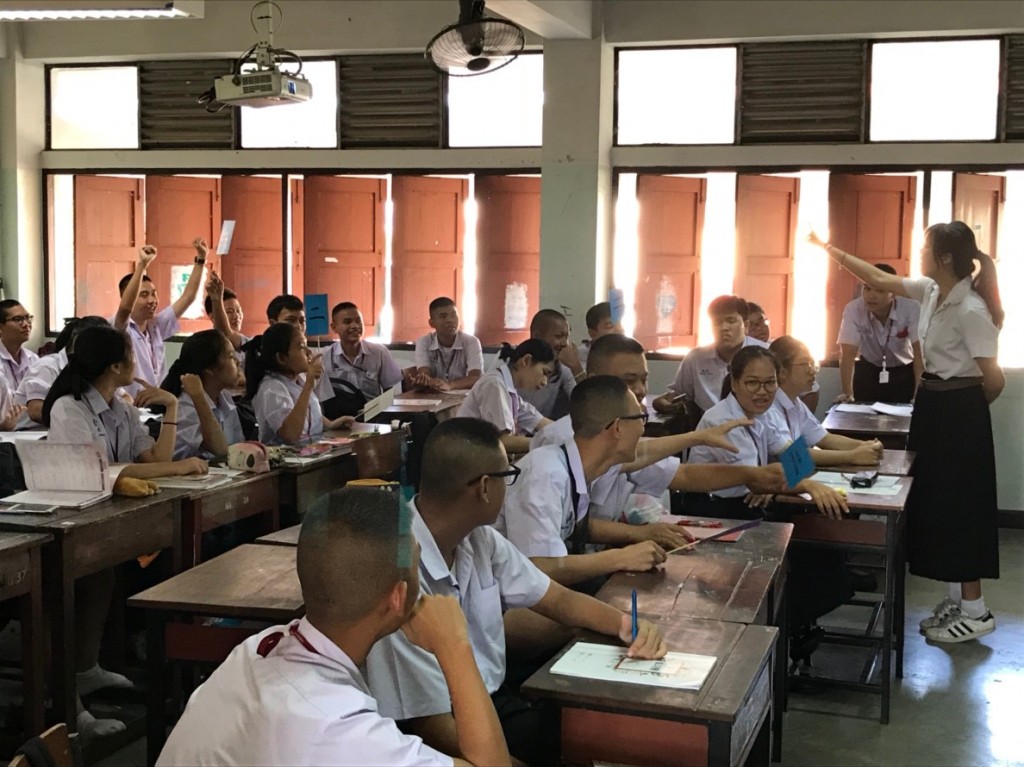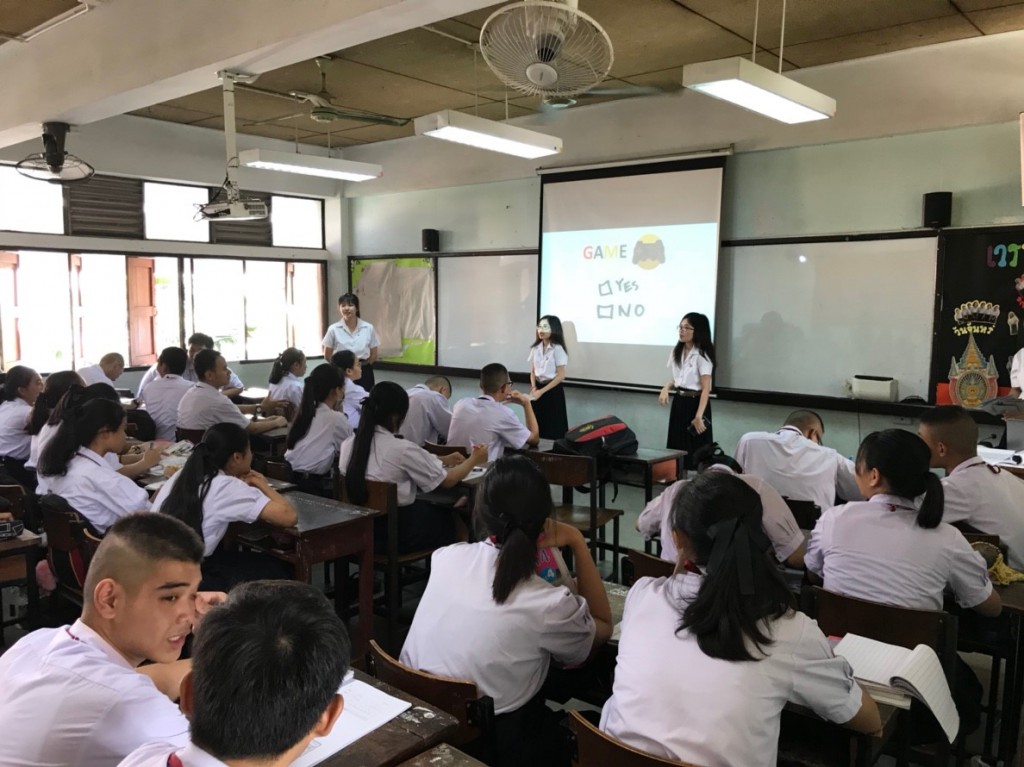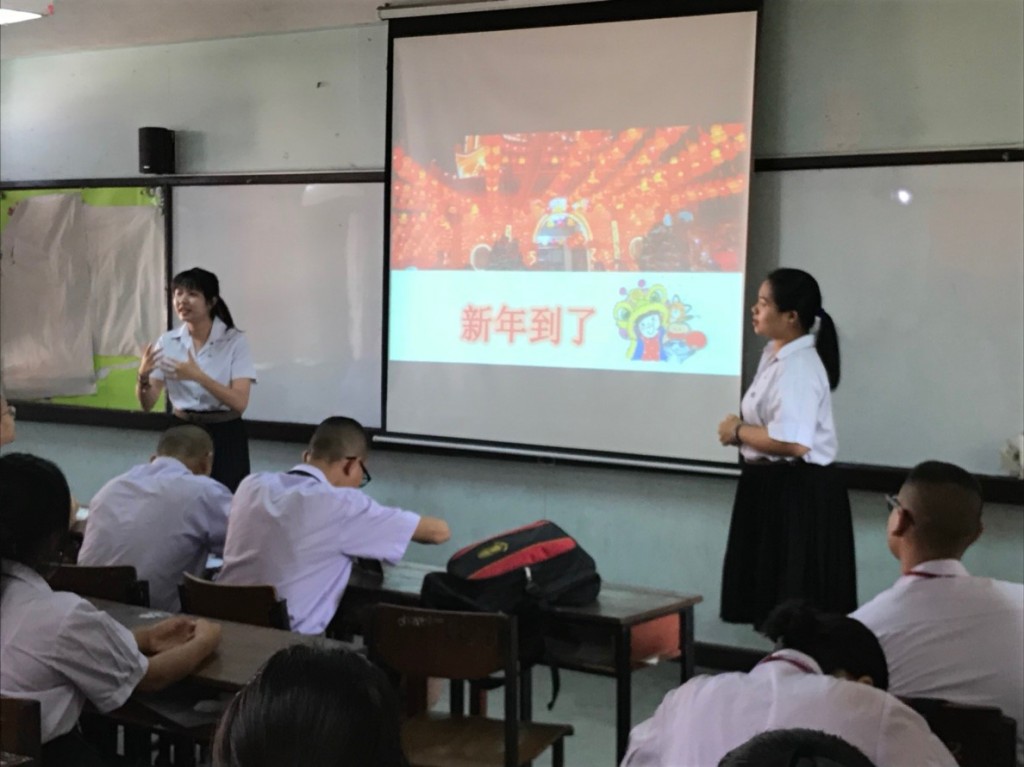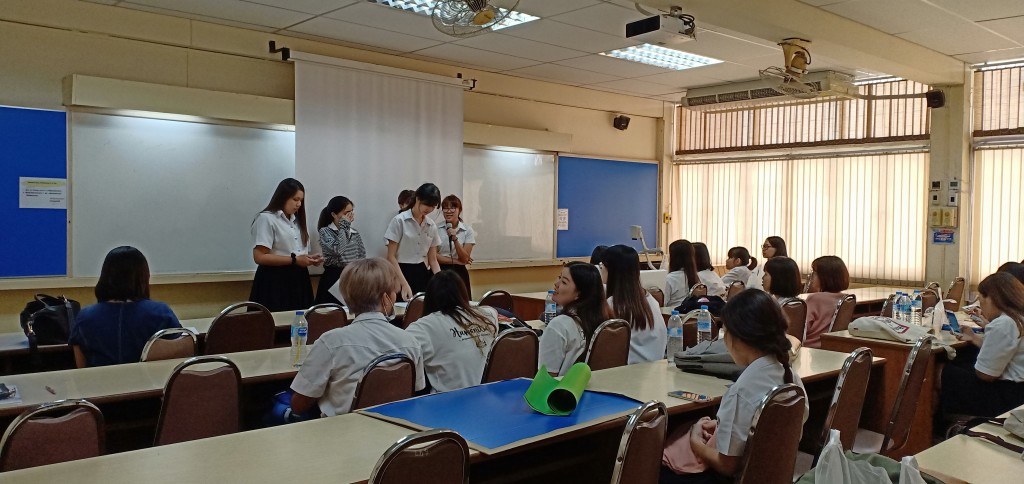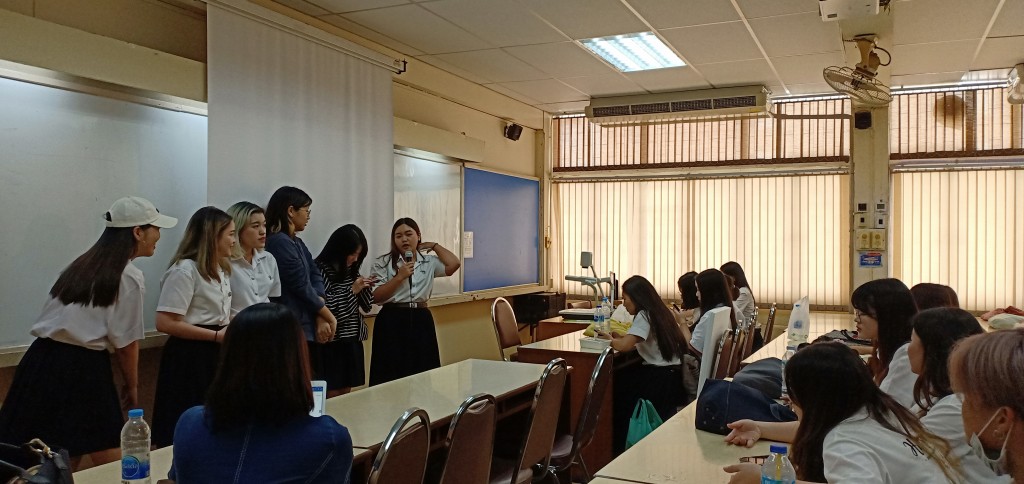





| Target | Indicator | Result |
|---|---|---|

SDG 4
QUALITY EDUCATION
|
||
| 4.3 By 2030, ensure equal access for all women and men to affordable and quality technical, vocational and tertiary education, including university | 4.3.1 Participation rate of youth and adults in formal and non-formal education and training in the previous 12 months, by sex | The participation rate of 184 formal students attending the the program's classes, classified by their sexes, is 112 (female) to 72 (male) or about 6 : 4. |
| 4.7 By 2030, ensure that all learners acquire the knowledge and skills needed to promote sustainable development, including, among others, through education for sustainable development and sustainable lifestyles, human rights, gender equality, promotion of a culture of peace and non-violence, global citizenship and appreciation of cultural diversity and of culture's contribution to sustainable development | 4.7.1 Extent to which (i) global citizenship education and (ii) education for sustainable development, including gender equality and human rights, are mainstreamed at all levels in (a) national education policies; (b) curricula; (c) teacher education; and (d) student assessment | The program's learning contents for all Thai students are of 3 dominant Asian languages (Chinese, Japanese and Korean) which are influencing Thailand’s business sector and the regional economic environment. So, being competent in a major Asian language would be a significant advantage for the participants' future professional life. |
As Thailand is thriving in global competitive environment, the Thai citizens need to be equipped with third language skills. It is for them to be more versatile in dealing with the dynamic of interconnected world. Considering the Asian superpowers presently influencing Thailand’s business sector, being competent in a major Asian language would be a significant advantage for one’s professional life. Nowadays, most secondary schools offer Asian languages as elective courses in their curriculum. Unfortunately, many schools face the scarcity of learning resources both in terms of teaching staff members and of extracurricular activities.
Aiming to take part in improving the status of Asian language learning in Thai secondary schools with the mentioned deficiency, 98 undergraduate students from the three majors—Chinese, Japanese and Korean in Asian Languages Program participated in this project. The undergraduate students acted as instructors and facilitators in Asian language classes for 184 students of the three major secondary schools in Bangkok. These included Srisuriyothai Lady School, Santirat Witthayalai School, and Mathayom Wat Makutkasat School. During the 6 days of teaching and facilitating the classes in total, the target school students were provided extracurricular activities to practice the three Asian languages. It was hoped that the activities would help them improve their Asian language proficiencies in a certain standard level. For the efficiency of the teaching activities, each undergraduate student was to attend a one-day meeting which allowed him/her to gain a great deal of background information concerning the target students’ learning situations, their difficulties and their various learning needs. Furthermore, they were given a chance to survey the target students’ learning condition for themselves. Then, each undergraduate student was given time to prepare his/her lesson plan. The actual teaching activities consisted of two parts. The first part dealt with the 3 days of first-run teaching classes. The second part, which was in a week later, was the 3 days of teaching classes in which the teaching plans were improved from the first-run classes’ learning results. The overall data concerning the program’s effectiveness were both quantitatively and qualitatively analyzed in details. The concluding activities involved organizing the meeting for doing the project’s summary report, and drawing potential lesson plans as a major informational input for the next relevant projects.
(ประธานโครงการ อ.ดร.สุนทรี คันธรรมพันธ์)
The overall impact of the project could be assessed from the three main areas: (1)
the performance’s results of the target students after the classes which were measured against their initial scores before the classes began; (2) the feedback information gathered through
the questionnaires to which both the school teachers and all of the target students responded; and (3) the interviews’ results from the school teachers and students. The project’s major direct impacts were summarized as follows:
1. All target students’ related Asian language skills were improved considerably.
2. All of the target students appropriately acquainted themselves with the relevant Asian cultures at a significant level.
3. All of the target students considered themselves more informed of their further study opportunities.
4. All of the target students realized that they could apply the knowledge they gained from the project to their real lives.
In SDG terms, it could be concluded that the project allowed the participants to acquire
the knowledge and skills needed to promote peaceful and sustainable lifestyles. Through the learning activities provided, the project also enabled the participants to realize their global citizenship and to appreciate cultural diversity.
